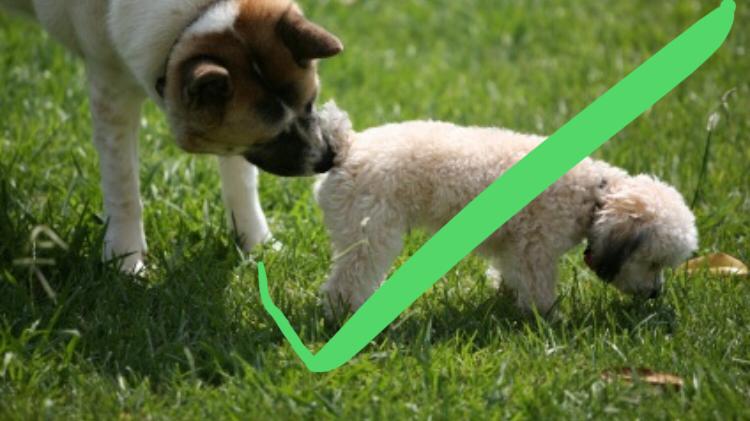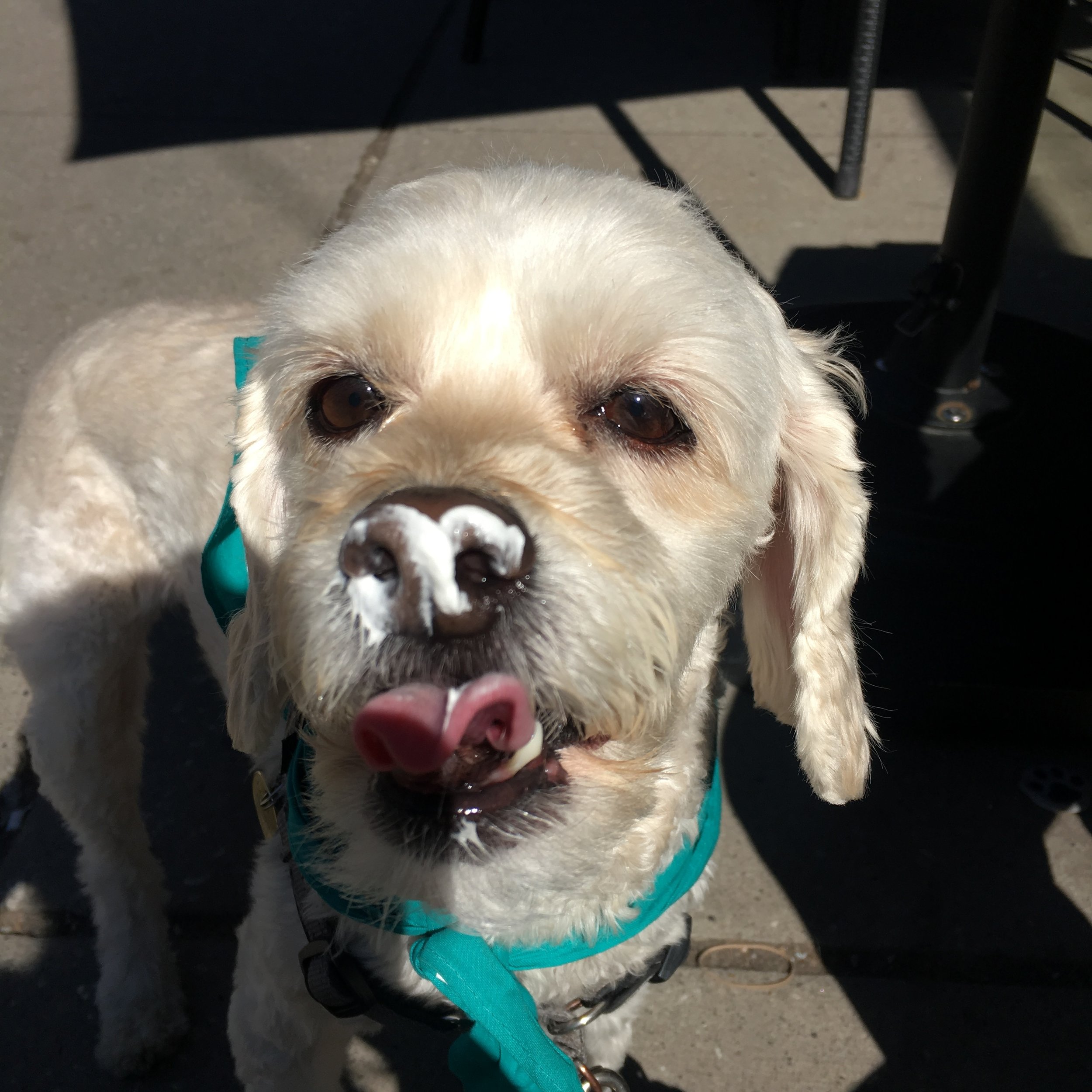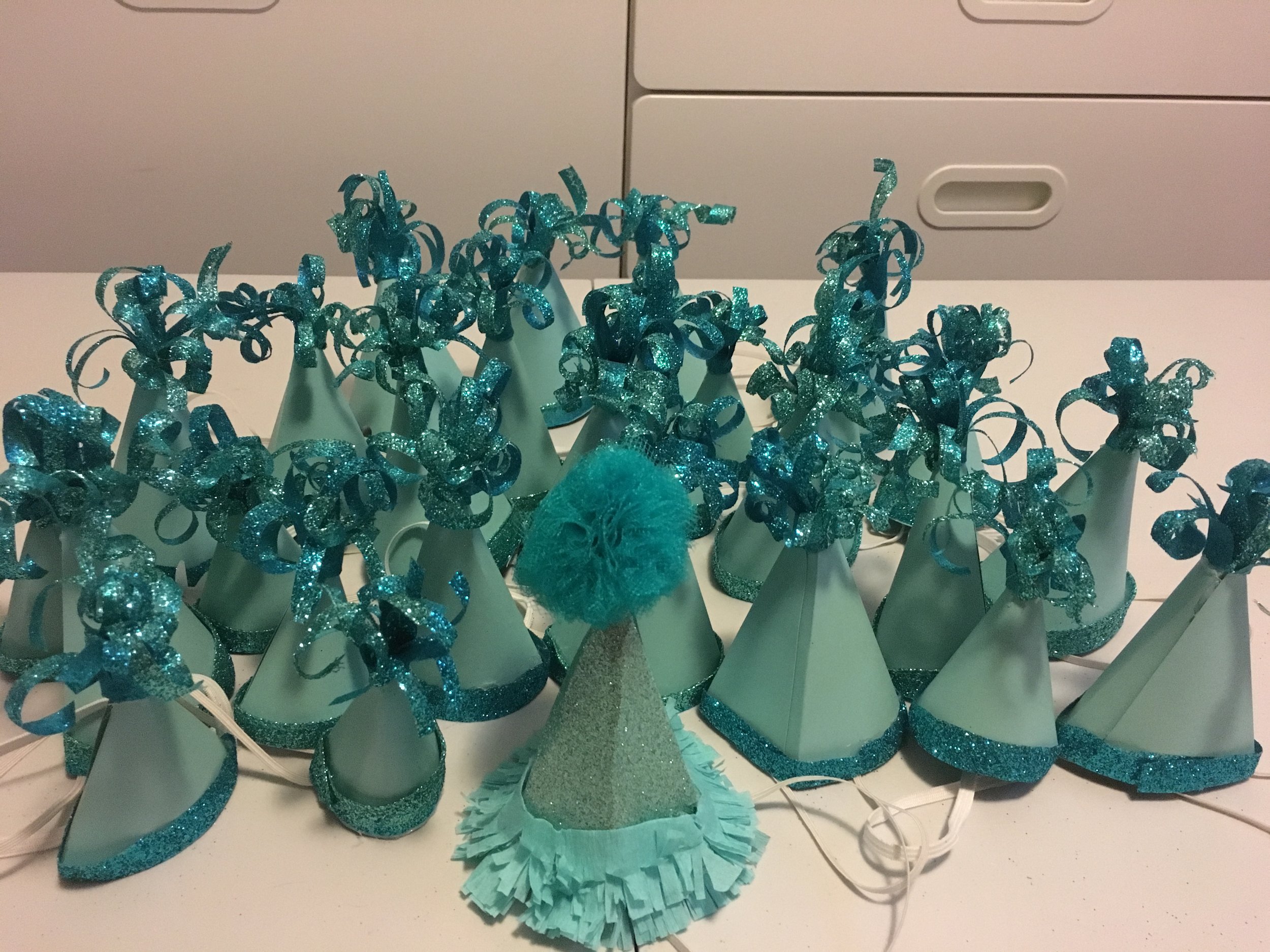Click! Click! Click! Click! That’s the sound of your pet coming toward you from the next room. Although you’re thrilled to see them, that noise is likely an indication that your furry friend’s nails have grown a bit too long and it’s time for a trim.
Many pet parents dread cutting their pet’s nails. It’s the one grooming task that presents the small chance of causing pain, and no one wants that. Unfortunately it’s a task that must be done on a regular basis (depending on your pet, every 2-8 weeks) and I’m here to tell you why it’s so important for their health and how to do it in a safe and comfortable way!
Anatomy of a Nail
Our companion animals nails are composed of two major parts – the quick, the blood supply and nerve that nourishes the nail in the same way our cuticles do, and the horn-like material of the nail itself that protects the quick. Just like us, our animals don’t have any feeling in the nail itself, but the quick transmits sensation back to the brain and also bleeds quite a bit when cut.
When trimming the nail, you should stay far enough from the quick that you won’t risk cutting it and causing your pet (and yourself!) pain, but cut close enough that the quick doesn’t continue to grow. Once the quick is exposed to air – but not cut – it will begin to recede to its natural state, rather than becoming so long that it reaches the end of the natural nail, making trimming almost impossible without cutting it.
Complications of Overgrown Nails
Long, unkempt nails not only look unattractive, but over time they can cause serious damage to your pet. When your dog’s nails curve downward so far that they touch the ground it changes the way that they walk. From their toes curling just a bit too far back they have to accommodate their gate all the way up through the legs to the hips, ending with their spine! Long term, this pressure can actually realign their joins and cause a whole host of musculoskeletal issues. This is especially dangerous in longer bodied dogs like Dachshunds, Corgis and Basset Hounds, but every dog will experience discomfort from this in the long run.
A lot of urban dogs walk and run on concrete so much that they naturally wear their nails down so that they don’t click – but don’t be deceived! They still need to be trimmed regularly. If you leave them to wear down on their own, the quick (the little vein that we’re all so afraid of hitting) will become overgrown and it will be very difficult to clip back when you do go in for a trim. Regular trimming will prevent overgrown quicks by regularly exposing the area to air, helping it to recede.
In extreme cases, overgrown nails can curve and grow into the pad of the foot. But even if they are not that out of control, long nails can get torn or split, which is very painful and, depending on severity, may need to be treated by a veterinarian.
If you let your pet’s nails get so long that the quick must be cut, not only is it very painful for your pet, but it’ll run you a hefty vet bill as they are typically sedated to do so. The vet will clip the nail back to the correct length and cauterize each quick. The paw will then need to be bandaged for a week or so until the nail grows back around the end of the quick to protect it. Any contact to an exposed quick is not only painful to the animal, but risks causing a re-bleed.
In the end, unattended nails create a vicious cycle; the extra-long nails make any contact with the paws painful for the pet, they avoid having them touched, which leads to unpleasant nail-cutting sessions, which makes both human and pet avoid them, which leads to longer intervals between trims, which leads to more pain.
Our Nail Trimming Services are available exclusively to our Liberty Pooch VIPooches. Book your Nail Trim directly via the app!
KATY VAN
This post was written by Liberty Pooch Pack Leader Katy Van.
Working in the industry for 5+ years, Auntie Katy has a wealth of knowledge regarding many facets of animal care.
Certified in Pet First Aid, Companion Animal Health and Nutrition, Combating Puppy Fear as well as having 5+ years of fostering cats and adoption counselling with Toronto Cat Rescue, Katy is committed to continuing to grow her knowledge base to always remain one step ahead and give the best possible experience to all of her furry friends!































